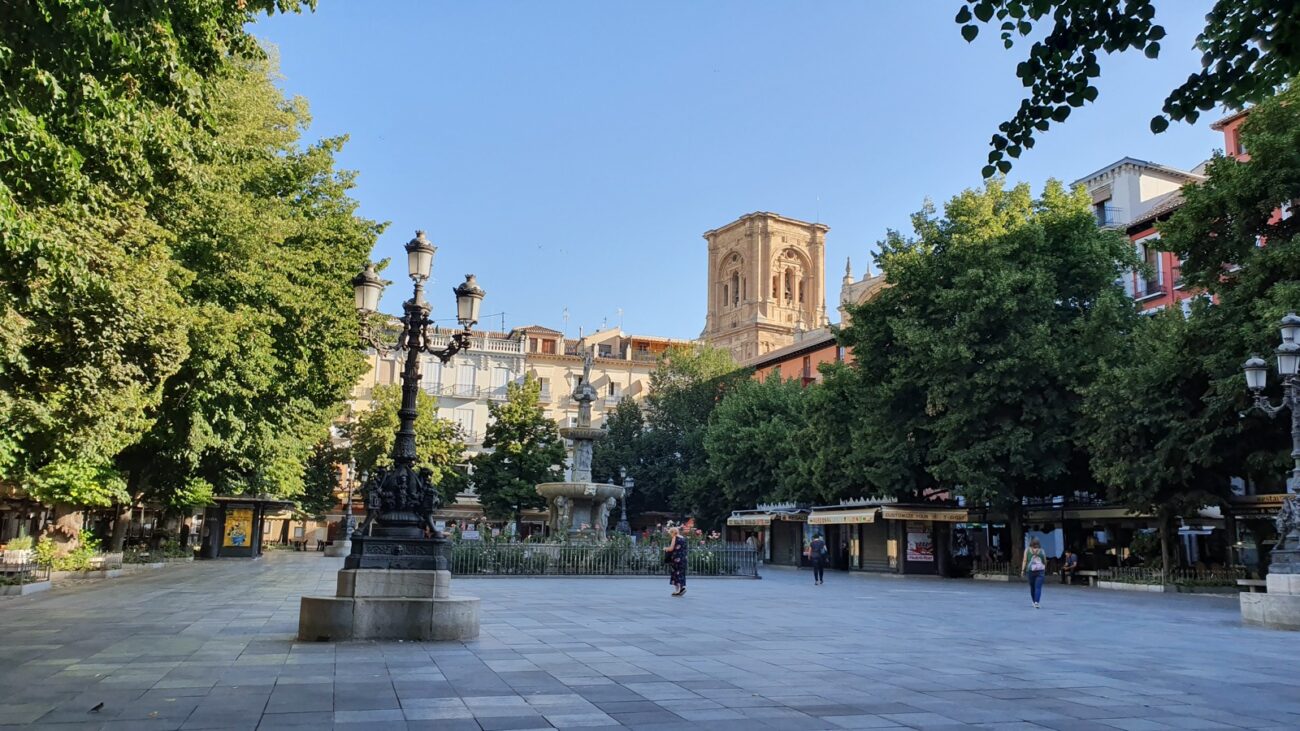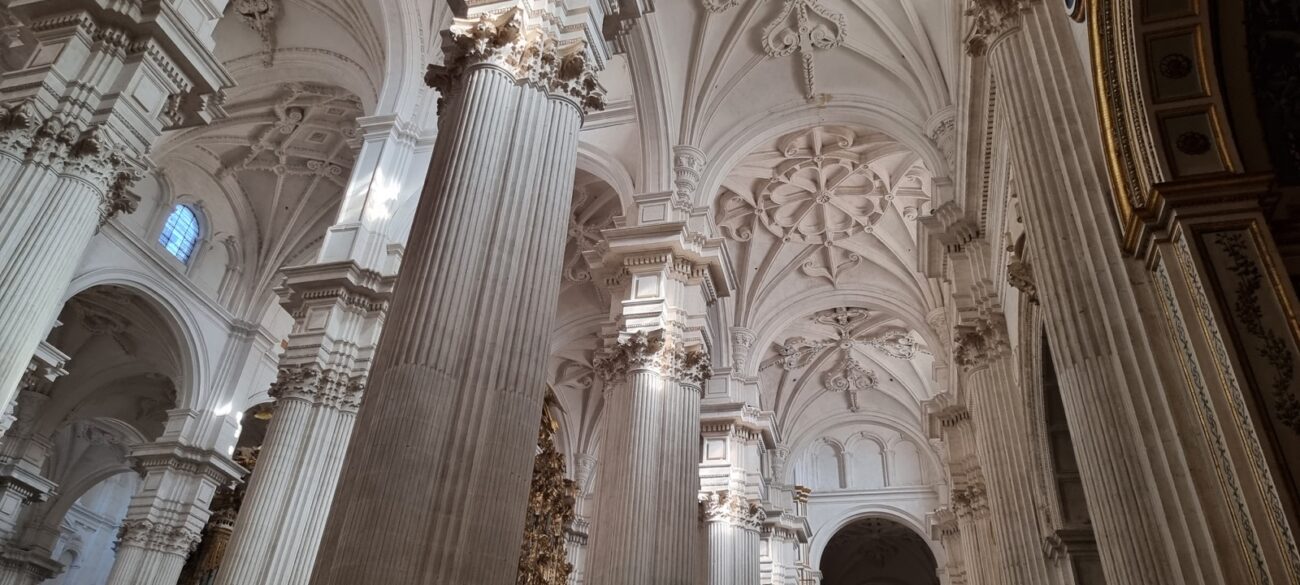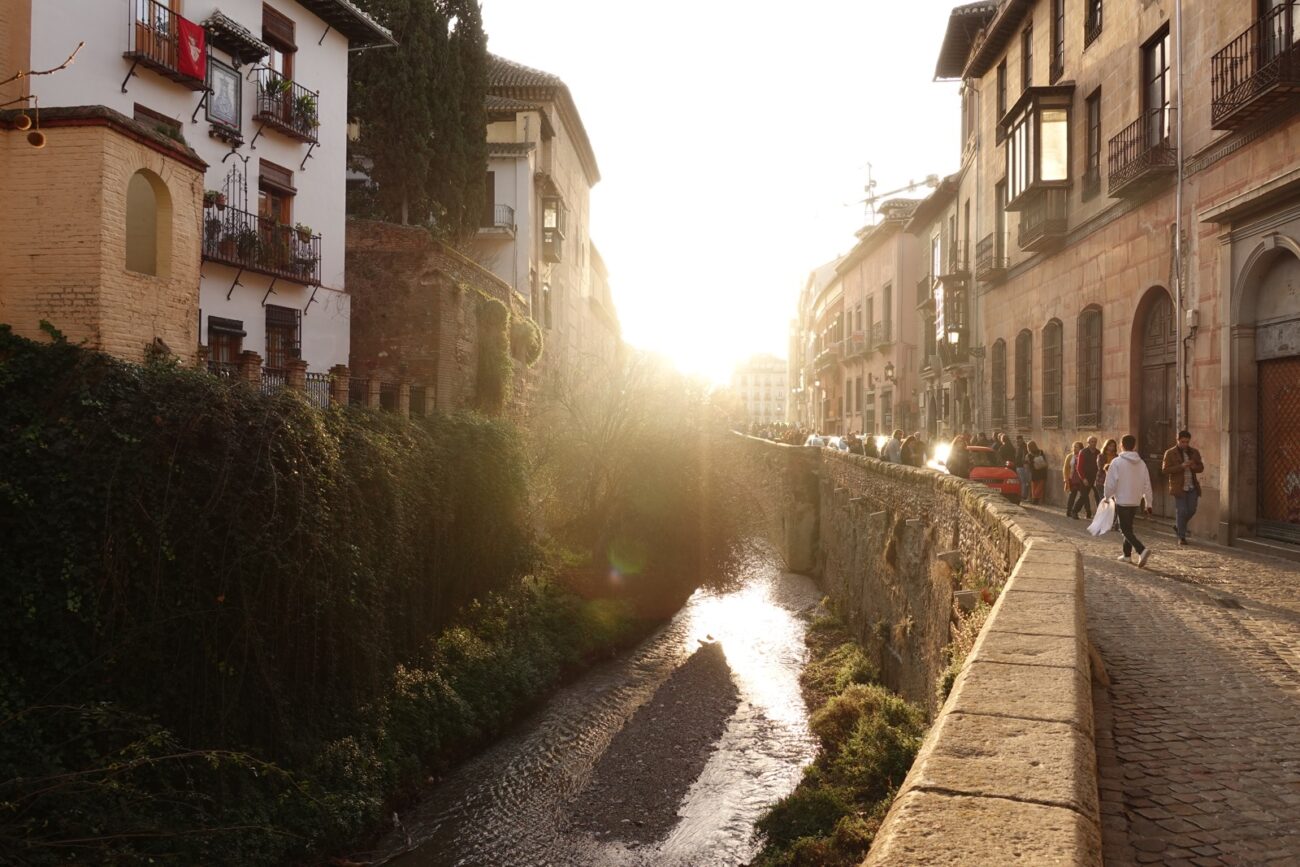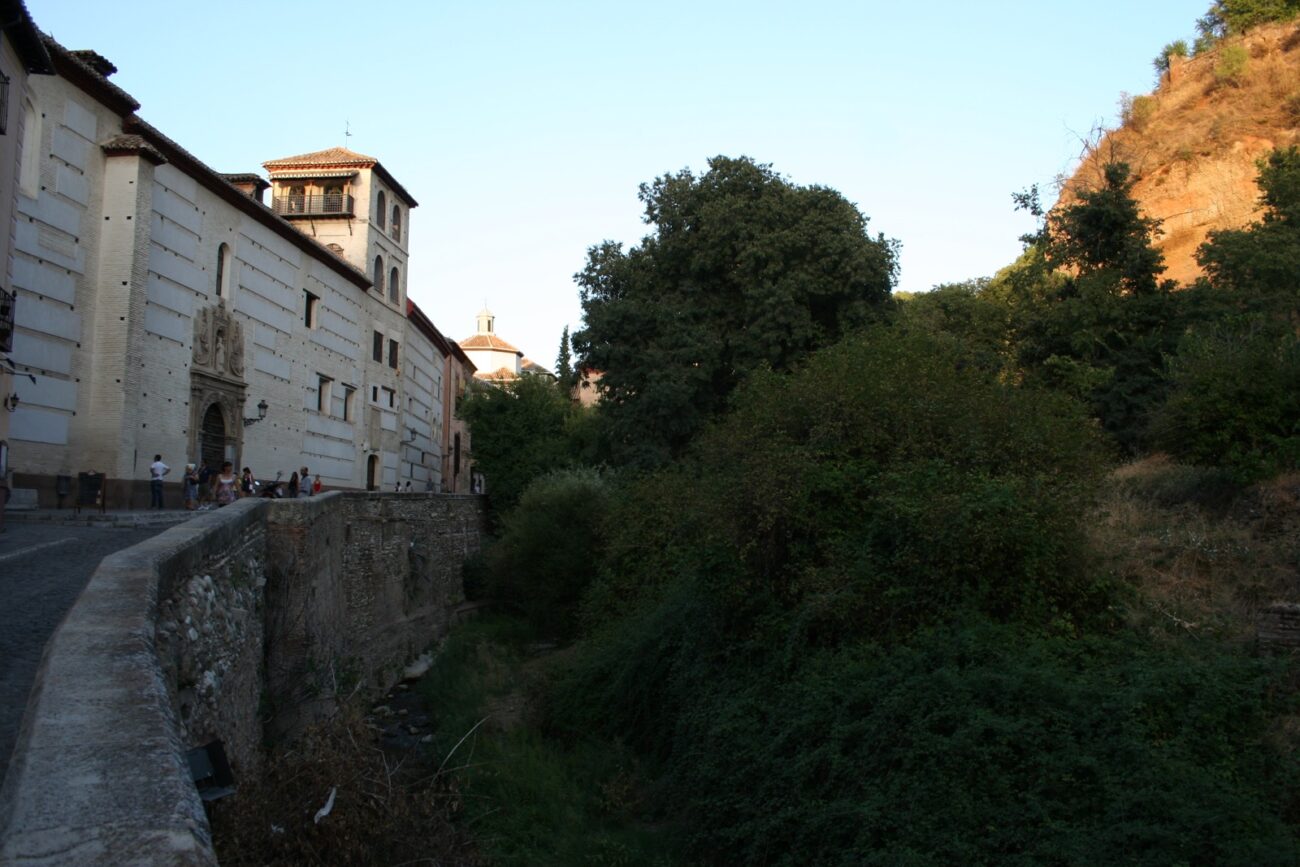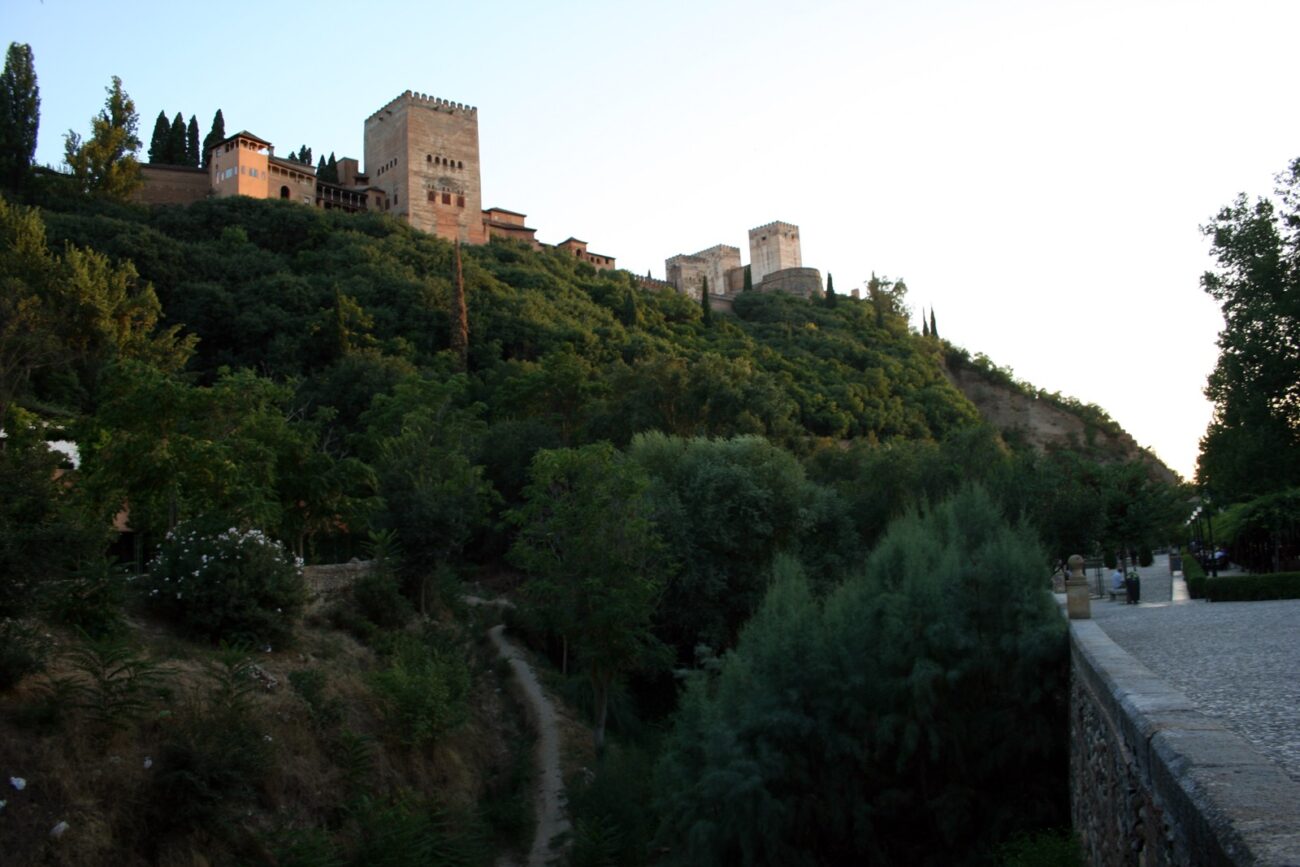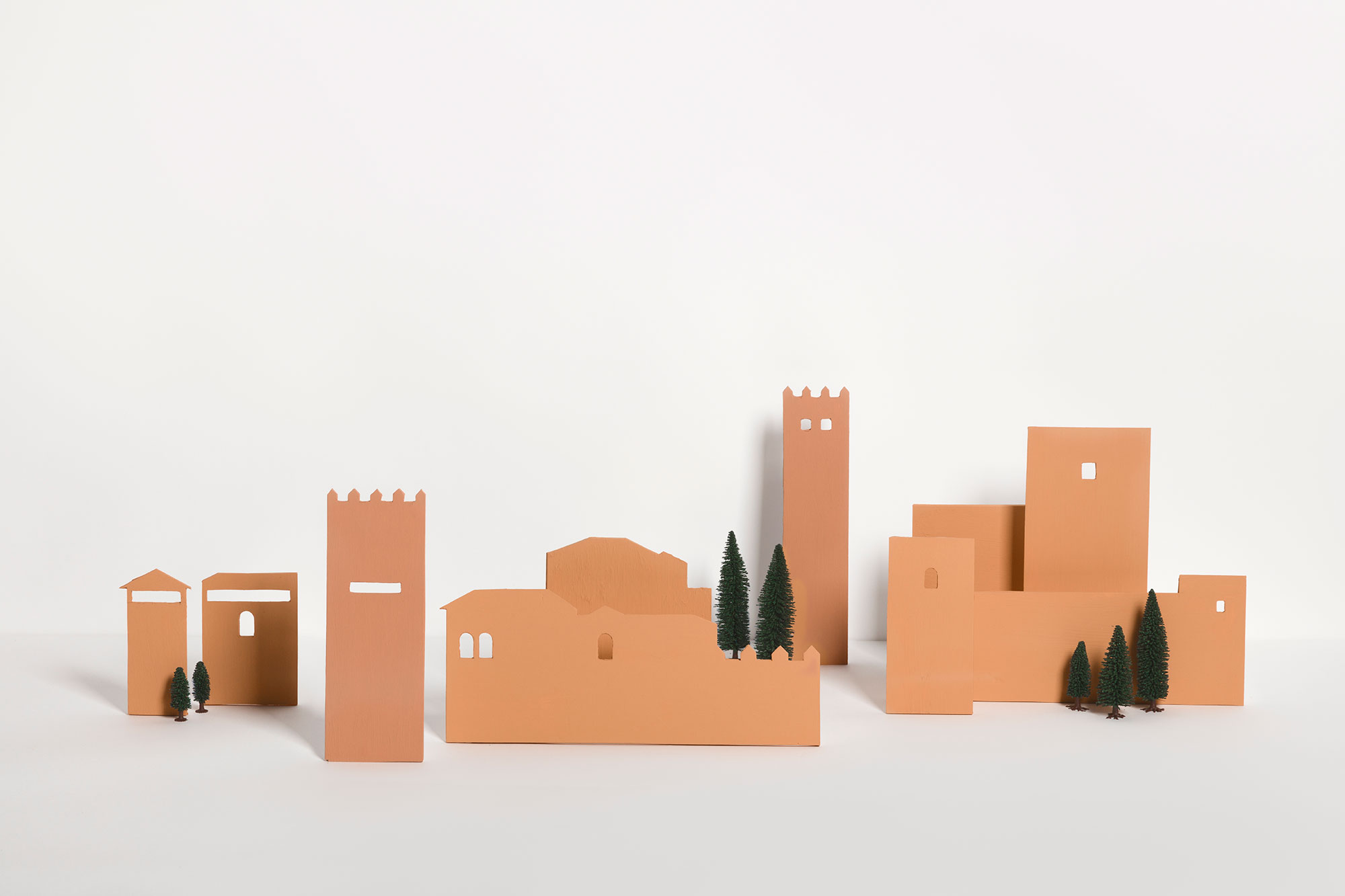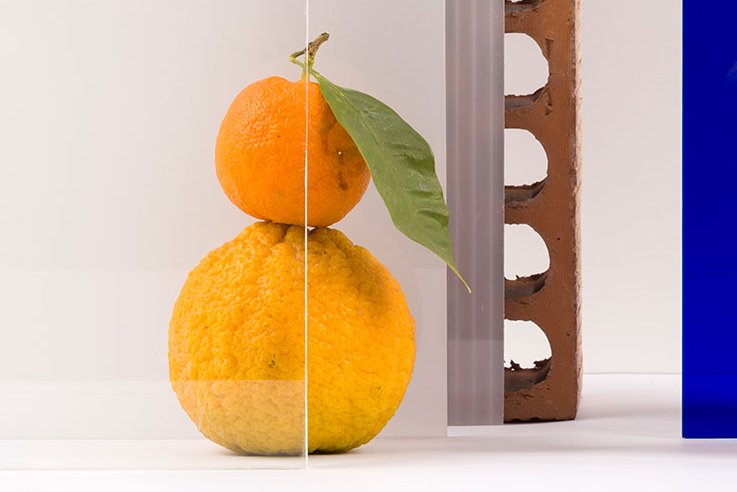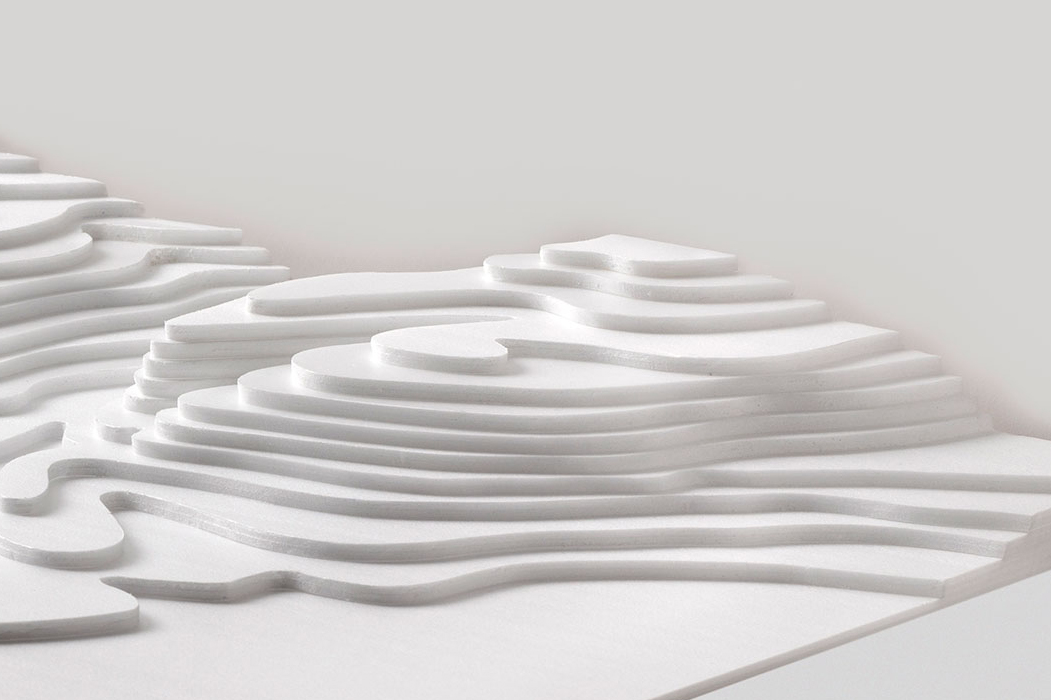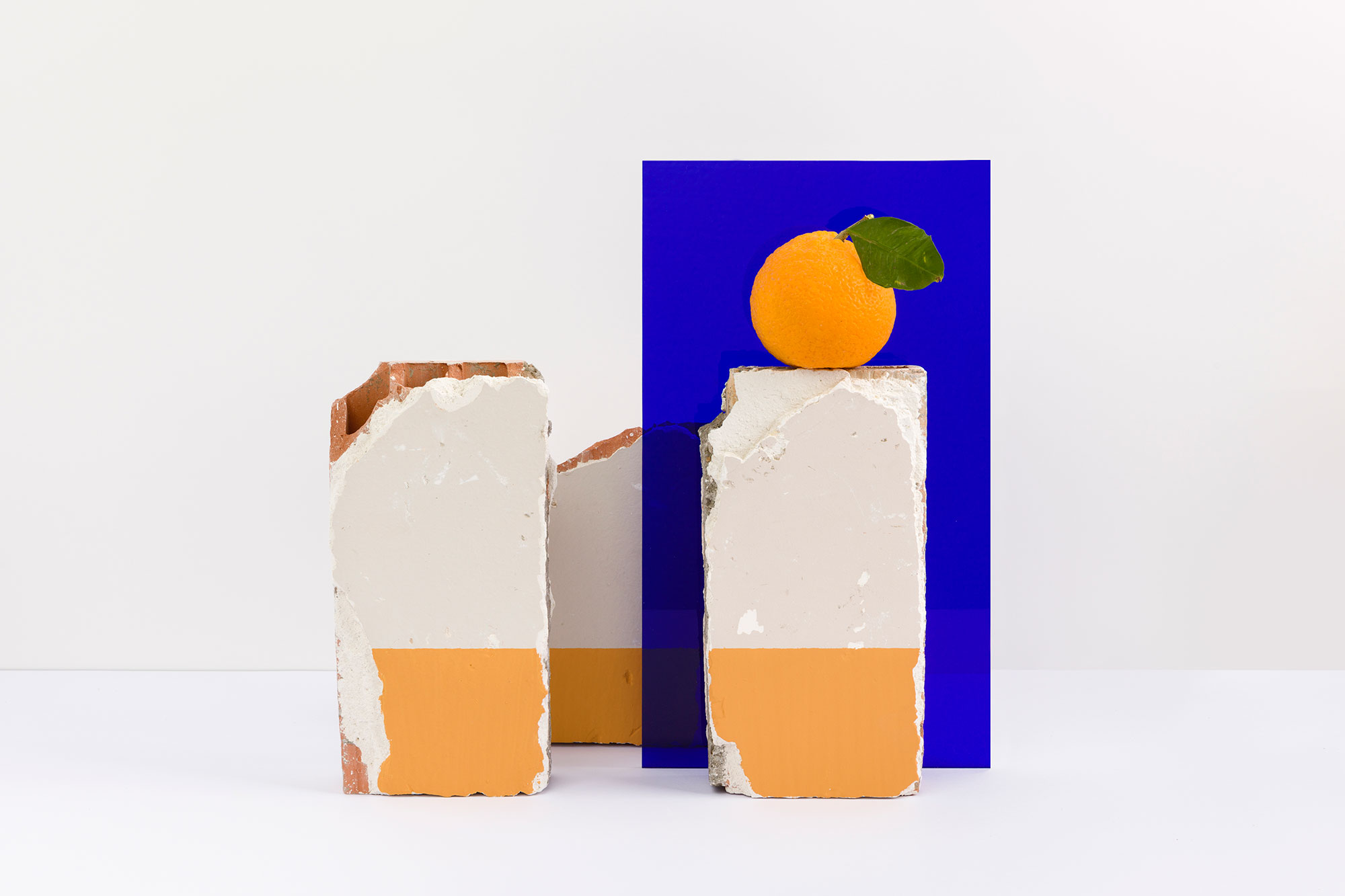TOUR – 3 hours
The Christian Granada after 1492
Granada was taken in 1492 by the Catholic Monarchs, with a new government, different customs and a different way of life which required the town to be adapted. There were different urban strategies which are the basis of the centre of Granada today. Don’t you want know them?
Book now
After the taking of Granada in 1492 by the catholic Monarchs, the city evolved under a different mandate. The Western way of life was completely different to the Al-Andalus or the Nasrid kingdom of Granada one, and this caused certain cultural shock and the need to adapt the city to new ways of living. In addition, Christianity, through its symbols and architecture, made its way into the pre-existing Andalusian town, modifying it. The founding of the Cathedral and the large monastic buildings such as San Jerónimo and the Cartuja, among others, are a reflection of the Catholic Monarchs' desire to make this city a new point of pilgrimage within the Christian stererotypical.
Come and discover, in a totally different way, the centre of Granada, its Cathedral and its Royal Chapel.
Tickets to the Royal Chapel and the Cathedral.
The guided visit by Blanca Espigares Rooney, with a PhD in architecture, an expert in the Arab and Andalusi architecture, with graphic materials and fer drawings and pictures.
Bring along
Good and sporty shoes
Requirements
If you have mobility problems, please consult tour options and adaptations for your needs.
Opening hours
12/23/2022 – 02/28/2023
Lu, Ma, Mi, Ju, Vi, Do 09:30 - 13:00, Sá 09:30 - 11:00
03/01/2023 – 10/31/2023
Lu, Ma, Mi, Ju, Vi, Sá 09:00 - 12:00
Venue
Paseo de los Tristes, Granada, España
